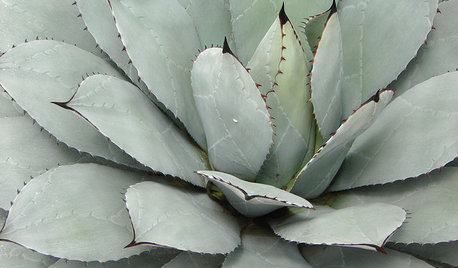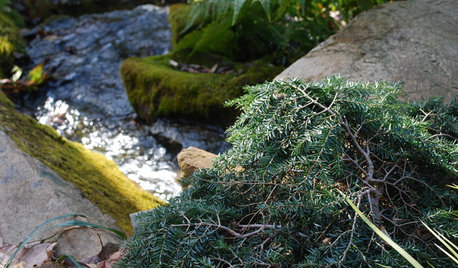Problem with Horstmann's Silberlocke Firs
Liz Gilbert
9 years ago
Related Stories

PLANTING IDEASStretch the Budget, Seasons and Style: Add Conifers to Your Containers
Small, low-maintenance conifers are a boon for mixed containers — and you can transplant them to your garden when they’ve outgrown the pot
Full Story
FOLIAGEGet a Cool Garden Look With Gray and Blue Plants
Looking for plants that calm with color in the heat of summer? Look no further than these 14 soothing beauties
Full Story
GARDENING GUIDESGreat Design Plant: Tsuga Canadensis ‘Bennett’
Bennett Canadian hemlock thrives in shade and provides sculptural interest in eastern U.S. gardens
Full Story










Liz GilbertOriginal Author
whaas_5a
Related Professionals
Beavercreek Landscape Architects & Landscape Designers · Garden City Landscape Architects & Landscape Designers · La Marque Landscape Architects & Landscape Designers · Sand Springs Landscape Architects & Landscape Designers · Bridgeview Landscape Contractors · Eureka Landscape Contractors · Fairhope Landscape Contractors · Golden Gate Landscape Contractors · Lakewood Landscape Contractors · North Lauderdale Landscape Contractors · Riverhead Landscape Contractors · San Benito Landscape Contractors · Smyrna Landscape Contractors · Vashon Landscape Contractors · Oxon Hill Landscape ContractorsLiz GilbertOriginal Author
Embothrium
whaas_5a
Liz GilbertOriginal Author
tsugajunkie z5 SE WI ♱
whaas_5a
sc77 (6b MA)
whaas_5a
Embothrium
whaas_5a
mikebotann
bengz6westmd
jeannette_wi